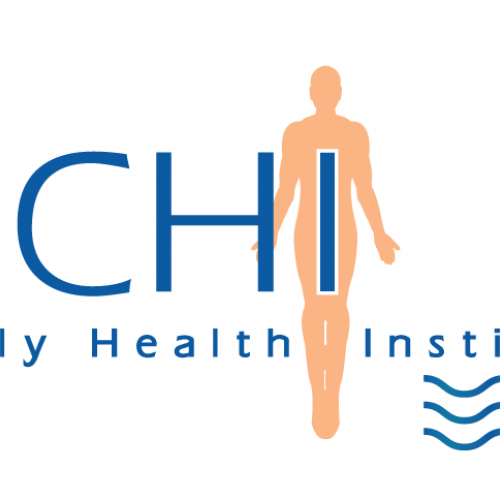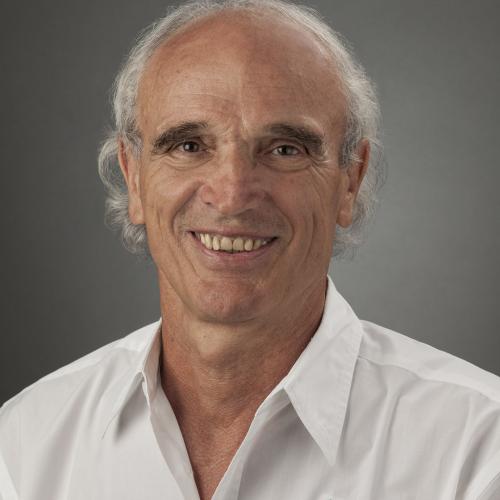This class will teach manual therapy release of endocrine glands and brain structures to help release different types of traumas, including deep emotions such as grief and loss, limiting or negative belief systems, etc.
These manual techniques may assist someone in times of transition and change, releasing fear, mental unease, help bring a calmer, peaceful state of consciousness and support coming back to homeostasis.
We will review the Inner Joy rhythm already taught in LDT Advanced 1. We will see an original approach and use the veins to create an extremely deep peace and silence in the body, relax intestinal peristalsis, and finally use cortex and notochord or endocrine glands to release deep emotions, such as hypothalamus, pituitary, pineal, thyroid, parathyroid, thymus, heart, skin, adipose tissue, bone, adrenal, kidney, pancreas, gastrointestinal tract organs, ovaries, etc.
This class will take your skills to a new level.
Contact Continuing Education (CE) Hours Total: 18 CEUs for massage therapists - NCBTMB Approved Provider # 451238-10
NCBTMB CEUs are accepted in every US state for NCBTMB certification renewal.
Most states accept NCBTMB for license renewal but not all. We are also an approved provider for NY state.
Please look here for more information: http://www.ncbtmb.org/map/requirements-map.
Because certification and license renewal policies vary from state to state, it's important for you to make sure the CEUs are accepted wherever you practice. Therefore, please be aware that this information may not apply in your state.
Check your state’s website at: http://www.ncbtmb.org/regulators/state-info.
WORKSHOP SCHEDULE: Subject to change
Day One
9:00 - 10:00 Introduction, teachers, students, teaching assistants and facilitator. Teaching material. Body motilities.
10:00 - 11:00 Intestinal motilities: Longitudinal / circular muscles.
11:00 - 11:15 Break
11:15 - 12:30 Intestinal motilities: Myenteric / submucosal Plexus.
12:30 - 2:00 Lunch
2:00 - 3:30 Veins of the upper extremities
3:30 - 3:45 Break
3:45 - 5:30 Veins of the face and neck
Day Two
9:00 - 11:00 Questions and answers
Veins of the thorax
11:00 - 11:15 Break
11:15 - 12:30 Veins of the abdomen
12:30 – 2:00 Lunch
2:00 - 3:30 Veins of the lower extremities
3:30 - 3:45 Break
3:45 - 5:30 Veins of the cranium
Day Three
9:00 - 10:30 Questions and answers
Endocrine glands. Hypothalamus/pituitary/pineal
10:30 - 10:45 Break
10:45 - 12:30 Thyroid/parathyroid/thymus/heart
Endocrine secretions of skin/adipose tissue/bone
12:30 - 1:30 Lunch
1:30 - 3:30 Kidneys/adrenal/pancreas/ovaries
LEARNING OUTCOMES
• Demonstrate how to conduct a gentle manual release of the different muscles that create the intestinal peristalsis
• Demonstrate how to conduct a gentle manual release of the different nerve plexi that create the intestinal peristalsis
• Demonstrate how to conduct a gentle manual release of the veins of the upper extremity
• Demonstrate how to conduct a gentle manual release of the veins of the face
• Demonstrate how to conduct a gentle manual release of the veins of the neck
• Demonstrate how to conduct a gentle manual release of the veins of the thorax
• Demonstrate how to conduct a gentle manual release of the veins of the abdomen
• Demonstrate how to conduct a gentle manual release of the veins of the lower extremity
• Demonstrate how to conduct a gentle manual release of the veins of the cranium
• Demonstrate how to conduct a gentle manual release of the hypothalamus
• Demonstrate how to conduct a gentle manual release of the pineal
• Demonstrate how to conduct a gentle manual release of the thyroid
• Demonstrate how to conduct a gentle release of the parathyroid
• Demonstrate how to conduct a gentle manual release of the heart
• Demonstrate how to conduct a gentle manual release of the adipose tissue
• Demonstrate how to conduct a gentle manual release of the bone
• Demonstrate how to conduct a gentle manual release of the kidney
• Demonstrate how to conduct a gentle manual release of the adrenal
• Demonstrate how to conduct a gentle manual release of the pancreas
• Demonstrate how to conduct a gentle manual release of the ovaries
Prerequisites: LDT1
Suggested additional pre-requisite: Heart Centered Therapy 1 (HCT1) or any previous emotional work + Brain 1 (B1).
1. Be familiar with the names and location of veins in the body, including:
The main veins of the face, head and neck, the main veins of the thorax, the main veins of the abdomen, and pelvis including the portal system of veins, the main veins of the upper and lower extremities, as well as the intracranial veins.
Head & Neck: Internal jugular, External jugular, Vertebral, Thyroid, Facial, Lingual, superior/inferior Labial, Temporal, Supraorbital, Supratrochlear
Thorax: Superior vena cava, Cardiac veins
Abdomen-Pelvis: Hepatic, Portal, Renal, Adrenal, Colic
Upper Extremity: Cephalic, Basilic, Brachial, Radial, Ulnar, Superficial palmar arch
Lower Extremity: Femoral, Popliteal, Tibial anterior , Tibial posterior, Small saphenous, Great saphenous, Dorsal arch, Plantar arch
Intracranial: Superior/Inferior Sagittal sinus, Superficial Middle Cerebral, Superior/Inferior Anastomotic vein, Occipital sinus, Sigmoid sinus, Straight sinus, Great Cerebral vein (of Galen)
Spinal Cord: Posterior/Anterior Median Spinal Veins. Intercostal veins
2. Be familiar with the names and exact location, when appropriate, of the following structures:
Hypothalamus/Pituitary, Thalamus, Coronal suture, Pineal, Lambda, Lambdoid suture, Cerebellum, Thyroid, Parathyroid, Thymus, Heart - Atrial natriuretic peptide (ANP), Brain (or B-type) natriuretic peptide (BNP), Skin - Insulin-like growth factor-1 (IGF-1), Melanocyte-stimulating hormone (MSH), Adipose tissue – Leptin, Ghrelin, Adiponectin, Bone, Osteocalcin, Adrenal, Kidneys - Erythropoietin (EPO), Pancreas and its secretions.
Price: $950
Early Registration Discount: $750
This discount only applies if you apply $200 down at prior class (with a Future Class Registration form) and the class is paid in full 45 days Prior to class.
(If the class is not paid in full 45 days prior to the start of class, the rate automatically goes up to $950)
Repeat: $475
If this is your first class (intro class) with us, contact Student Services to see if a $200 discount applies to you.







